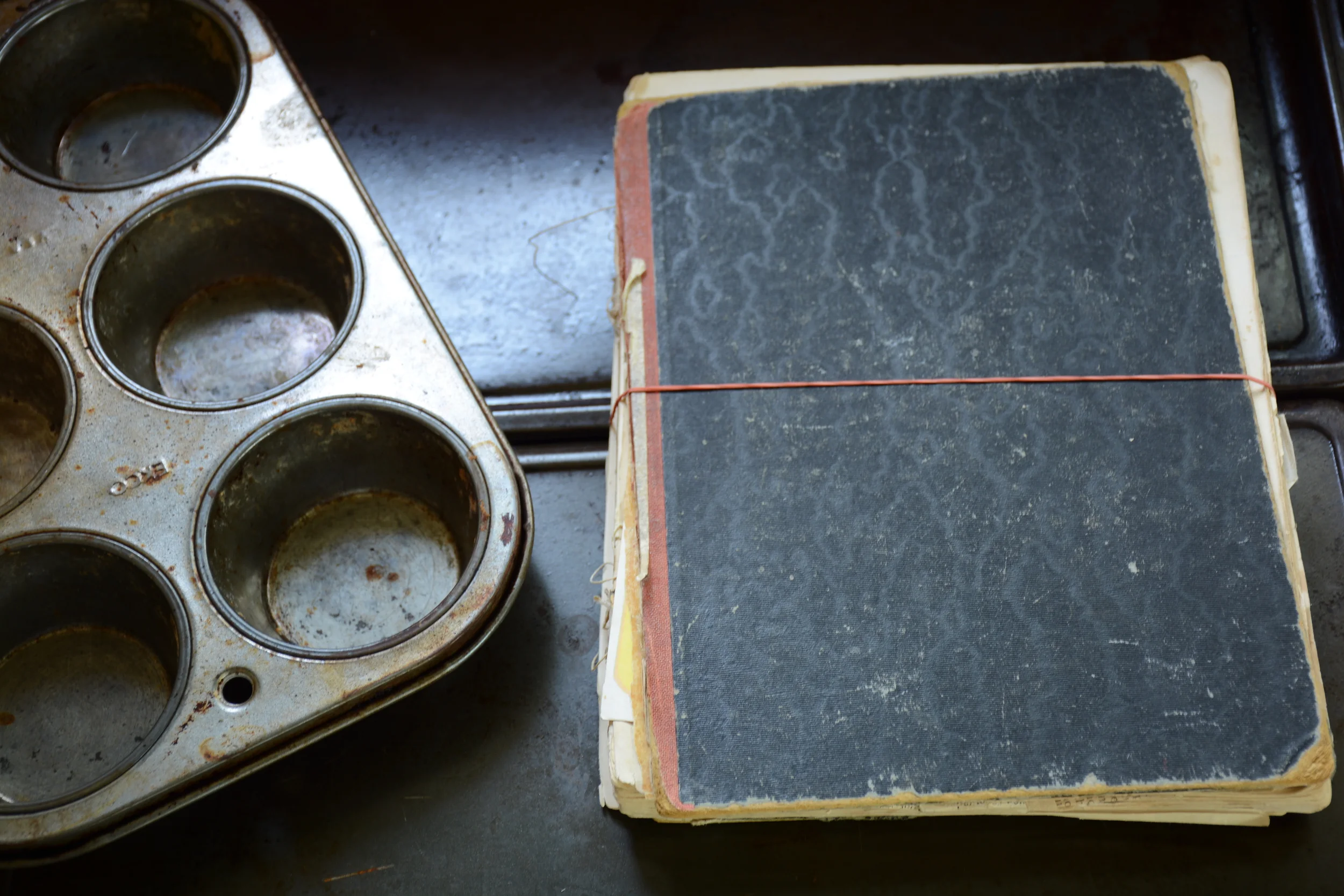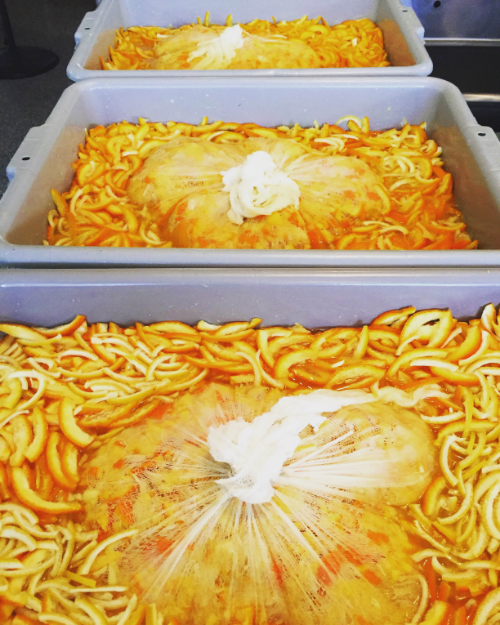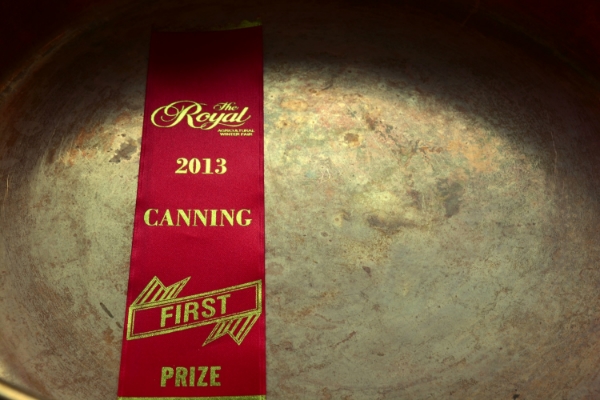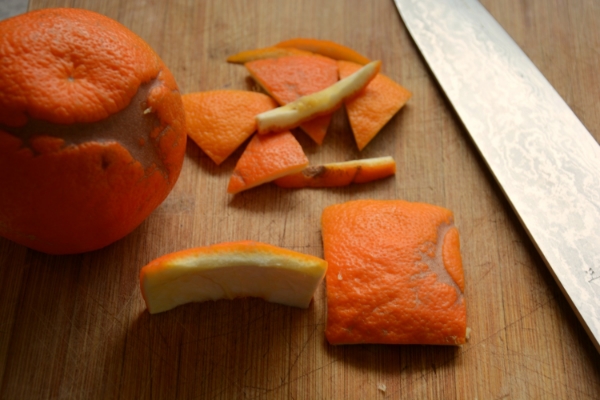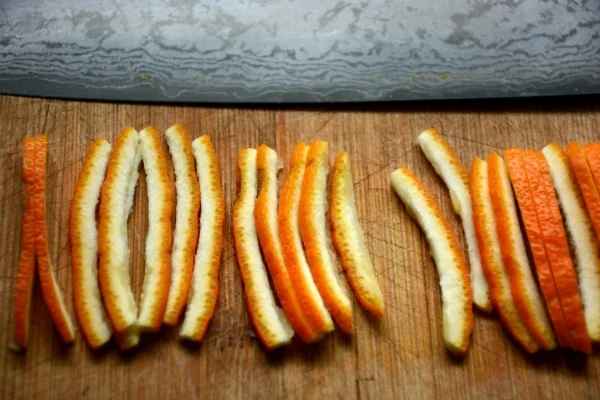Try Our Seville Orange Mmmarmalade!
/What makes our Seville Orange Marmalade quite possibly the best marmalade you’ll ever have? First, the fact that my mother-in-law taught me how to make it, who in turn learned to make it from her mother. This proves that my gran’s recipe is tried, tested and delicious! Yet, what truly makes our marmalade taste great, is the hand shredding, top quality ingredients and that we take no shortcuts.
If that doesn’t convince you, my marmalade won a Bronze at the World Marmalade Awards (hosted in Cumbria, UK) and you will find it at the Royal Agricultural Winter Fair in November.
Why you’ll love it
Our marmalade is made from certified organic Seville oranges and they make all the difference. Aside from the health benefits, organic oranges have a better flavour as they have a slightly chunky peel so you get the sweet and the bitter combined, and set more quickly than non-organic oranges – leading to a better quality marmalade.
The fresher your oranges are when you make your marmalade the better. Over ripe fruit tend to lose some of their pectin so you will have to cook your marmalade down too far in order to achieve set. Seville oranges are generally in season from January to February, so we spend a bit of time creating our marmalade then to ensure the best quality marmalade is produced.
The Process
We make our marmalade the traditional way, with the peel of the orange being hand shredded. If you are looking to enter your marmalade into competitions, you always want to follow the two-day process. You will end up with a brighter marmalade that is more appealing from an appearance perspective for the judges, trust me as for the past two years I have had the pleasure of being a judge at the Mad for Marmalade Awards at Fort York.
Our marmalade uses all the parts of the orange. The skin is shredded and softened in water, the membrane and the seeds are added to the marmalade to release the natural pectin of the oranges and achieve the perfect set for the marmalade.
Orange You Glad You Tried It
While we believe there’s absolutely no wrong way to eat marmalade (straight from the jar?), we have a few suggestions for you to try out. Our marmalade tastes fabulous as a cheesecake topping and tastes equally as amazing on toast combined with a splash of butter. Let your taste buds decide.
Interested in our products? Shop our selection.
Want to grow your food business? Manning Canning Kitchens can help!
Written by Farhana Choudry, Intern

